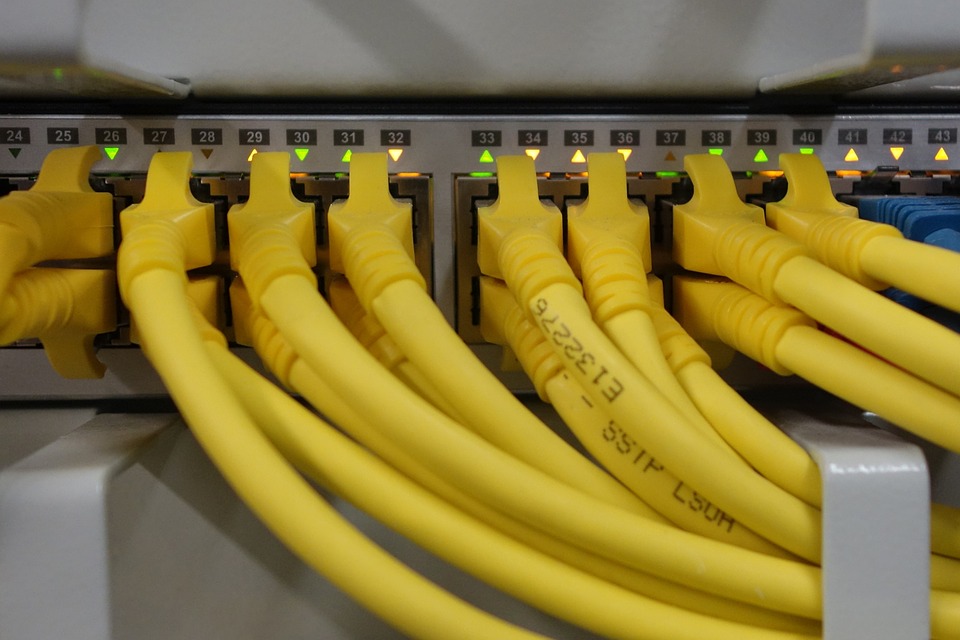Benefits of Real Time Platforms with EtherCAT
Real time platform with EtherCAT are proliferating because of their reliable speed, deterministic nature, flexibility, and ability to synchronize network devices precisely. Here are a few advantages of using real time platform with EtherCAT relating to motion control.
Fast and deterministic
EtherCAT is a real time, deterministic, fast and open Ethernet fieldbus recognized as the best industrial network. Automation equipment manufacturers use EtherCAT during real time device implementations to boost flexibility and performance and avoid vendor lock-in. It is easy to switch from one EtherCAT drive vendor to another so machine builders can always find a replacement drive if something does not work out with their vendor. Such unique advantages are the reason Ether CAT is quickly being embraced in real time automation appliances and motion control systems.
Real time platform with EtherCAT is based on the “Ethernet on the fly” mode of processing. In a typical Ethernet network (non-EtherCAT), the data packets are sent over different devices, the devices decode the data and passes their responses to the master. The process is carried out for every network device until all devices are adequately updated. Total network cycle time is derived from all response duration and is not deterministic. In some instances, messages from multiple devices interrupt each other prompting the master to organize and arbitrate them as per their priority levels which causes delays and extends the cycle times.
By contrast, a real time EtherCAT network works efficiently by sending a frame from the master to slave devices that extract data instantly and in a pre-determined time interval. Meaning that, the frames passes through the slaves successfully with minimal delay before getting back to the master. It is similar in concept to a token ring but on Ethernet wires. Apart from the on the fly processing, EtherCAT optimizes bandwidth by permitting incoming and outgoing data from multiple devices to combine with single Ethernet frames as opposed to having a frame for every networked device. This approach reduces transmission overhead among networks with numerous devices, drives, and I/Os. As such, real time EtherCAT is ideal for use within high bandwidth applications like the multi-axis servo machine control. For instance, updating and sampling of about 64 drives and more I/O devices is completed in less than 250 µsec.
Tight synchronization
Multi-axis motion control devices rely on synchronization of independent devices to execute multi-dimensional motion trajectories accurately. Synchronization of devices on a network requires transmission duration between devices and clock drifting between devices be compensated for and calculated. In light of this, the EtherCAT standard makes use of distributed clocks where the phase shift between distributed clocks amounts to less than 0.1 µsec. This is because, EtherCAT utilizes mass production of Ethernet communication devices and cables that are used by different PCs to minimize costs. Note that, slave devices will always require a dedicated and low cost controller.
Flexibility
Real time platform with EtherCAT supports a wide range of standard applications layer implementation such as CAN over EtherCAT (CoE), Ethernet over EtherCAT( EoE), Servodrive-Profile over EtherCAT( SoE), and more. Such flexibility allows vendors to design fully compliant devices that feature similar application implementations. Additionally, EtherCAT supports vendor specific protocol over EtherCAT allowing vendors to apply their preferred protocol in high bandwidth applications. What’s more, some platforms can support proprietary and open standard implementations simultaneously with the aim of providing efficient solutions while upholding flexibility.
Summary
Due to the aforementioned advantages and more, real time platforms with EtherCAT are increasingly gaining audience as ideal, high speed and robust real time network platforms for machine control. For instance, system integrators and machine builders can effectively leverage machine controller and dedicated motion platforms using EtherCAT to design complete machine controls.
